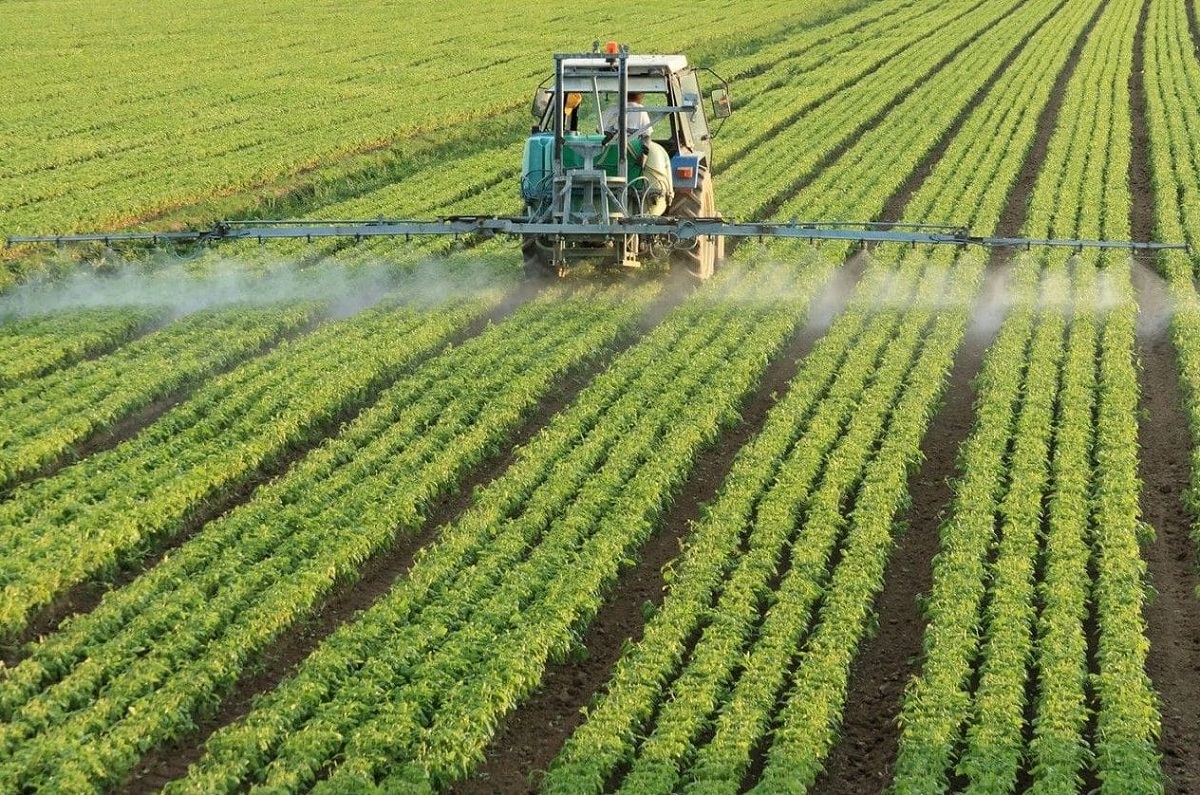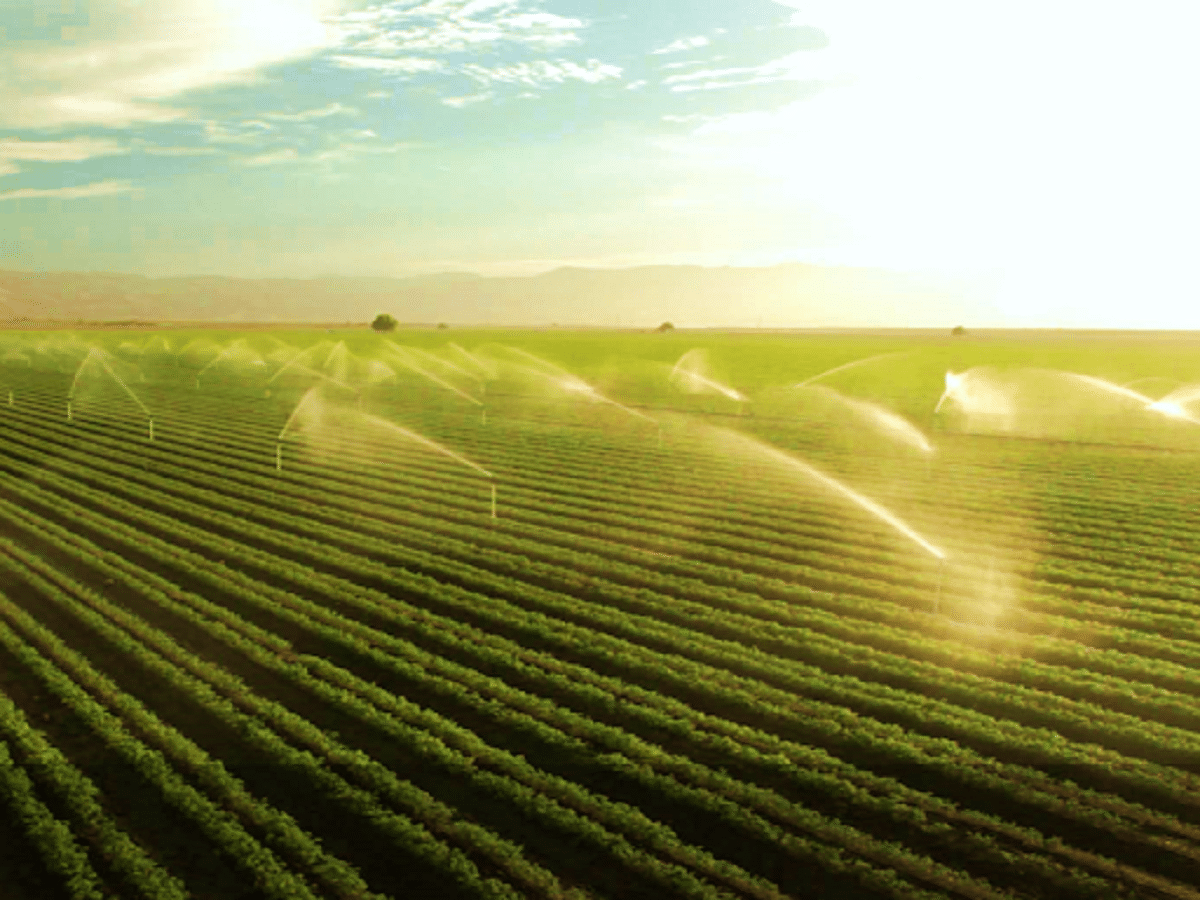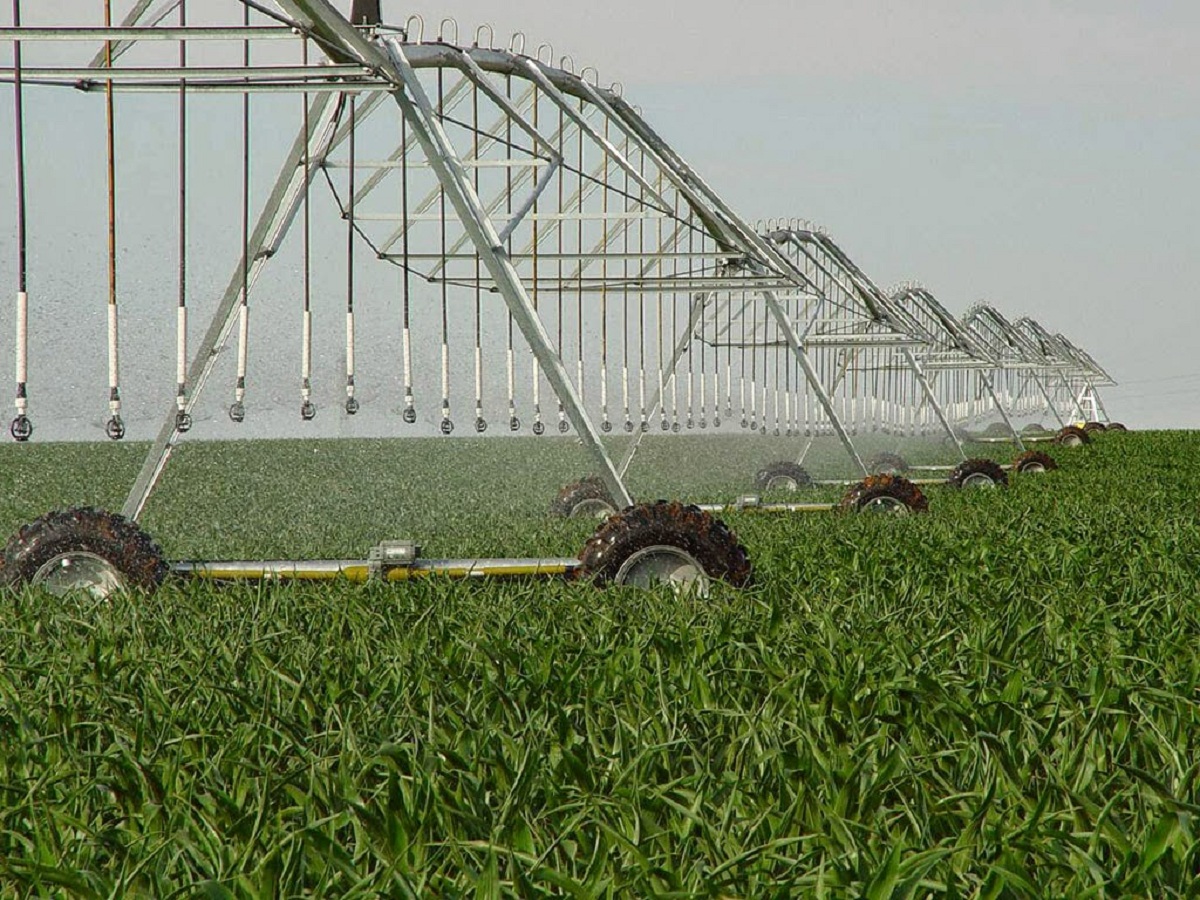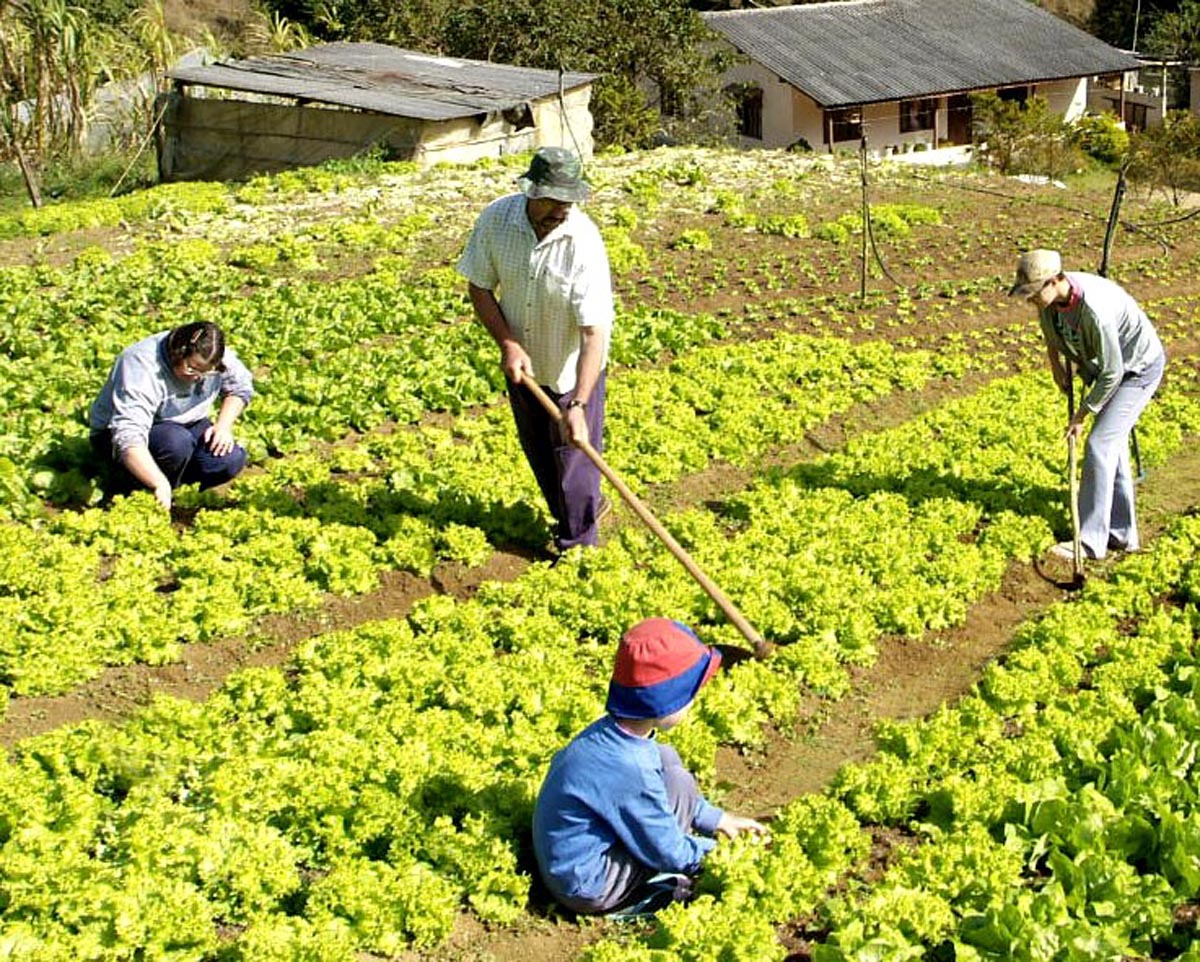
When we talk about large-scale cultivation and the work of agriculture, we do not always refer to the two main types that exist: irrigated agriculture and rainfed agriculture. Today we are going to focus on analyzing irrigated agriculture. There are many efforts that must be analyzed in order to obtain excellent results when cultivating. This applies to all aspects of agronomy. If we apply various correct measures at the right time, we cannot have quality orchards. Aspects such as soil, fertilizers, irrigation and other factors associated with planting must be taken into account.
Therefore, today we are going to dedicate this article to tell you everything you need to know about irrigated agriculture.
Irrigated agriculture factors

When we talk about this type of agriculture we are not referring to that which needs quite abundant irrigation. There are several factors to take into account for good performance. Factors such as the type of soil where we are sowing, the fertilizers we are using, the amount of irrigation that the crops need and other factors that are associated with the sowing and the type of plantation. Each type of plantation needs its own particular requirements. Vegetables, cotton, rice and fruit trees have a better yield if we apply irrigated agriculture. This makes it possible to direct the acidic waters to farming areas and to use various artificial methods for irrigation. In order for the harvest to be as profitable as possible, all the conditions that exist between the water and the plant and the relationship between them must be evaluated before executing the application.
For irrigated agriculture to be profitable, all factors must be taken into account and the best possible yield applied. Planting irrigated crops requires more precise knowledge and building facilities. Aqueducts, canals, sprinklers, pools, and other structures are needed for irrigation. In addition, it is necessary to implement other advanced techniques to be able to calculate the costs in water and other procedures. If done correctly it can be a very beneficial type of agriculture. If it is also complemented with the action of rain can favor the development of crops with little cost.
Equipment needed

For irrigated agriculture there is a necessary equipment and suitable machinery and facilities. Among these facilities and machinery it is necessary to have small reservoirs, aqueducts, barges and other facilities that are capable of transporting water. Too Drainage should be encouraged at all times to avoid excessive accumulation of water. Likewise, pumping stations should be implemented depending on the surface we are sowing. It is interesting to add some irrigation partition systems to better distribute the volumes of water.
Once all these factors have been resolved, the agronomist is the one who chooses the technique that best suits both the needs of the crops and the terrain. The most common techniques used are those of sprinkling and delimited irrigation. The sprinkler has an action similar to that of precipitation, since it pours the water by drop on the ground. The delimited irrigation technique requires a conduit that is of the plastic type and that is installed above or below the ground. This conduit has several perforations through which it releases streams or drops of water on the sowing.
Irrigated agriculture can also be implemented by streams or furrows, flooding, channel infiltration or by drainage. Of all these methods the most used is the flood and the furrow. However, they are the methods that need the most water.
The aspersion is gaining enough repercussion although it requires a higher cost. It is understandable as it offers many highly attractive advantages that make the initial investment, albeit somewhat higher, a profitable investment. That is to say, it is a type of investment in which in the long term you have quite good savings. This is due to the efficiency with which the water treatment is carried out.
Benefits of irrigated agriculture

We are now going to analyze what are the benefits of irrigated agriculture. The first thing is that If they are managed correctly, they can save up to 60% of water. Irrigated agriculture must provide balanced irrigation suitable for the types of crops being planted. It also requires a small energy consumption, although it is able to withstand outdoor conditions. The infrastructures that are built to be able to attend to the crops last for years. This helps reduce labor costs.
The terrain will not be a problem for irrigated agriculture since many methods can be applied in almost any type of relief. We can use the methods even on thinner layers. The agronomist can have the water distribution under his control at all times, being able to choose those that are more saline if the crop requires it. We can also benefit from other properties of this type of system such as the following:
- Irrigated agriculture has greater benefit with great ease in controlling weeds.
- The result of the harvest is increased.
- The continuous watering avoiding suffocation of the roots.
- The fertility of the land and the possibility of implementing agrochemical routines help to have better performance.
Disadvantages of irrigated agriculture
As expected, not everything could be advantages. The first disadvantage, and perhaps the most important, is that the investment to be able to adopt irrigated agriculture can be quite high. Everything will depend on the variables such as the characteristics of the land, type of crop destined and the computerization of the entire irrigation system.
Another factor that is considered a disadvantage is the possibility of clogging the drippers. As they have tiny holes, they can be sensitive to filtration and liquid quality. If the agronomist chooses to use water with high saline properties, it is necessary to apply some washing tasks at the end of each cycle of irrigated agriculture so that the soil does not absorb all the salts with a counterproductive result.
I hope that with this information you can learn more about irrigated agriculture.